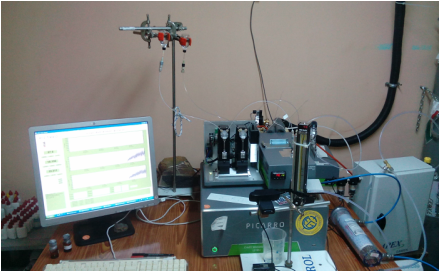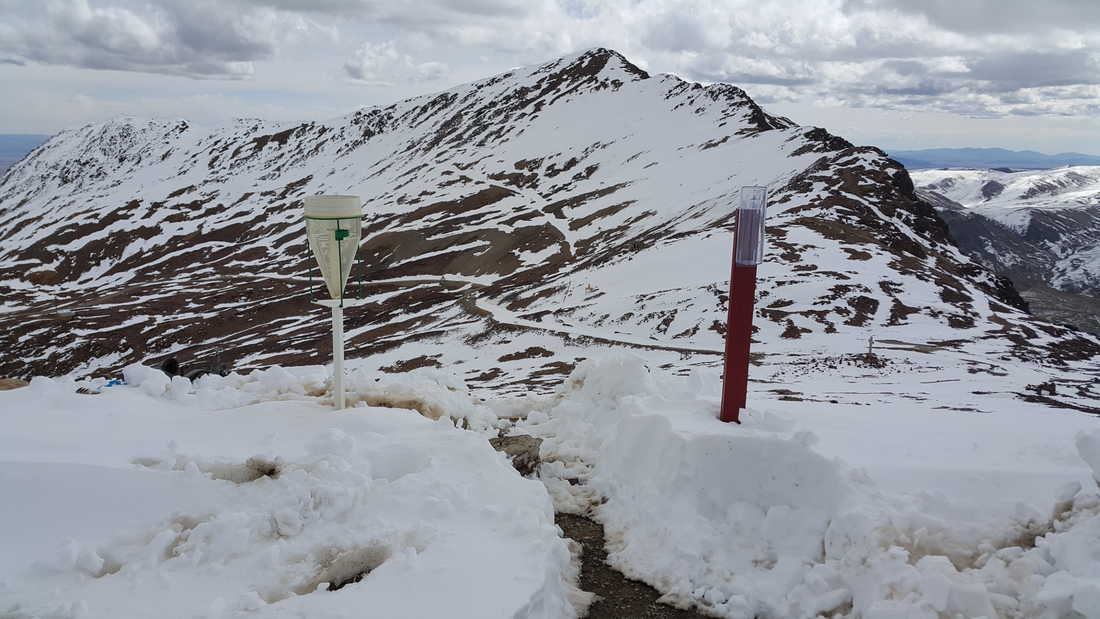|
Isotopic composition of precipitation
Projects in collaboration with LSCE (since 2011) and Appalachian state university (since 2014) Solid or liquid samples are collected by the observers of the station for every precipitation event and their composition of d17O, d18O and d2H is later analyzed. This set of measurements aims at unveiling the climatic controls of the isotopic composition of precipitation (d) in the tropics, where not only the amount effect (the anti-correlation between local precipitation and d), but also a variety of factors exerts an influence on d. Water vapor isotopic composition analyzer Project in collaboration with LSCE- closed (2013-2016) In complement to the isotopic analysis of precipitation collected at the station, a Picarro water vapor isotopic composition analyzer was installed. This instrument measures simultaneously and continuously d18O and d2H of the atmospheric water vapor based on photo-absorption by the different isotopic forms of water molecules (1H1H16O, 1H2H16O, and 1H1H18O) in the infrared region of the spectrum, between 7193.5 and 7184 cm−1 (∼ 1.39µm) The Picarro instrument makes use of Wavelength-Scanned Cavity Ring Down Spectroscopy (WS-CRDS) for the detection. By selecting spectral absorption features, which are highly specific for single isotopologues, stable isotope ratios are measured and compared with those of the respective standards. The instrument installed at Chacaltaya is calibrated once a week using two different water standards that are vaporized into the cavity, carried by dry air (<100 ppm H2O). The calibration set-up combines the Picarro injection system with custom-made modifications. Data is then corrected offline following the procedure described by Tremoy et al. (2011, RCM). |
 Picarro L2130-i and calibration system. Picarro L2130-i and calibration system.
|
